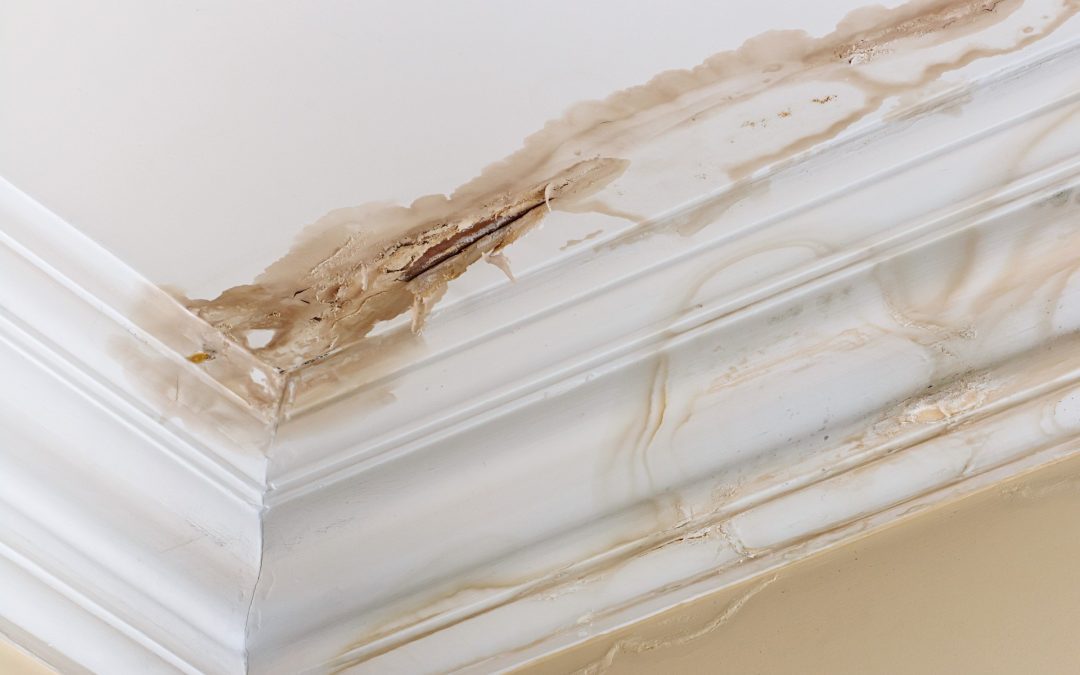As the weather shifts into winter, homeowners should pay special attention to their roofs. The colder months bring increased rain, snow, ice, and temperature fluctuations, all of which can expose weaknesses in your roofing system. One of the most common winter-related roofing issues is water ingress—when water finds its way into your home through cracks, gaps, or deteriorating materials. Left unchecked, water ingress can lead to costly damage, including mould, rot, and structural problems.
To help you protect your home this winter, here’s what to look for to catch early signs of water ingress before it turns into a bigger problem.
1. Check for Stains and Discolouration on Ceilings and Walls
One of the clearest signs of water ingress is discolouration on your ceilings or walls. Water stains typically appear as brownish or yellowish marks that grow over time, often in corners or along seams where your walls meet the ceiling. These stains may start small, but they indicate that moisture is seeping through your roof. If left untreated, the problem can escalate quickly, causing further damage to insulation, drywall, and even electrical systems.
2. Inspect Your Attic for Dampness or Mould
Your attic is the first place to show signs of water intrusion, making it essential to check it regularly—especially as winter weather sets in. Use a flashlight to inspect for damp spots, condensation, or mould growth. Mould is a particularly concerning sign of water ingress, as it thrives in moist environments and can spread rapidly, damaging both your roof and indoor air quality. If you notice musty odours or black, green, or white patches in your attic, it’s time to call us in as Baths Leading roofing professional.
3. Examine Flashing and Roof Penetrations
Flashing is the material that seals the seams and edges around roof penetrations such as chimneys, vents, skylights, and valleys. As winter approaches, inspect these areas closely. Damaged, loose, or rusted flashing can create openings where water can seep in. This is especially important in the winter when snow and ice buildup can sit in these vulnerable spots, eventually melting and finding its way into your home.
Look for any gaps, cracks, or deterioration in the flashing, as well as any visible signs of rust or wear. Addressing these issues early on can prevent water ingress before snow and ice accumulation become a bigger problem.
- Monitor Gutters for Debris and Overflow
Gutters play a critical role in directing water away from your roof and foundation. However, clogged or damaged gutters can lead to water backup, which often causes water to seep under your roof’s edge. This can result in leaks and water ingress in the attic or walls. During the fall and before winter hits, clean out your gutters and downspouts to ensure they’re free of leaves, debris, and ice buildup. You should also check for sagging, cracks, or improper drainage, which could cause water to pool near your roofline.




